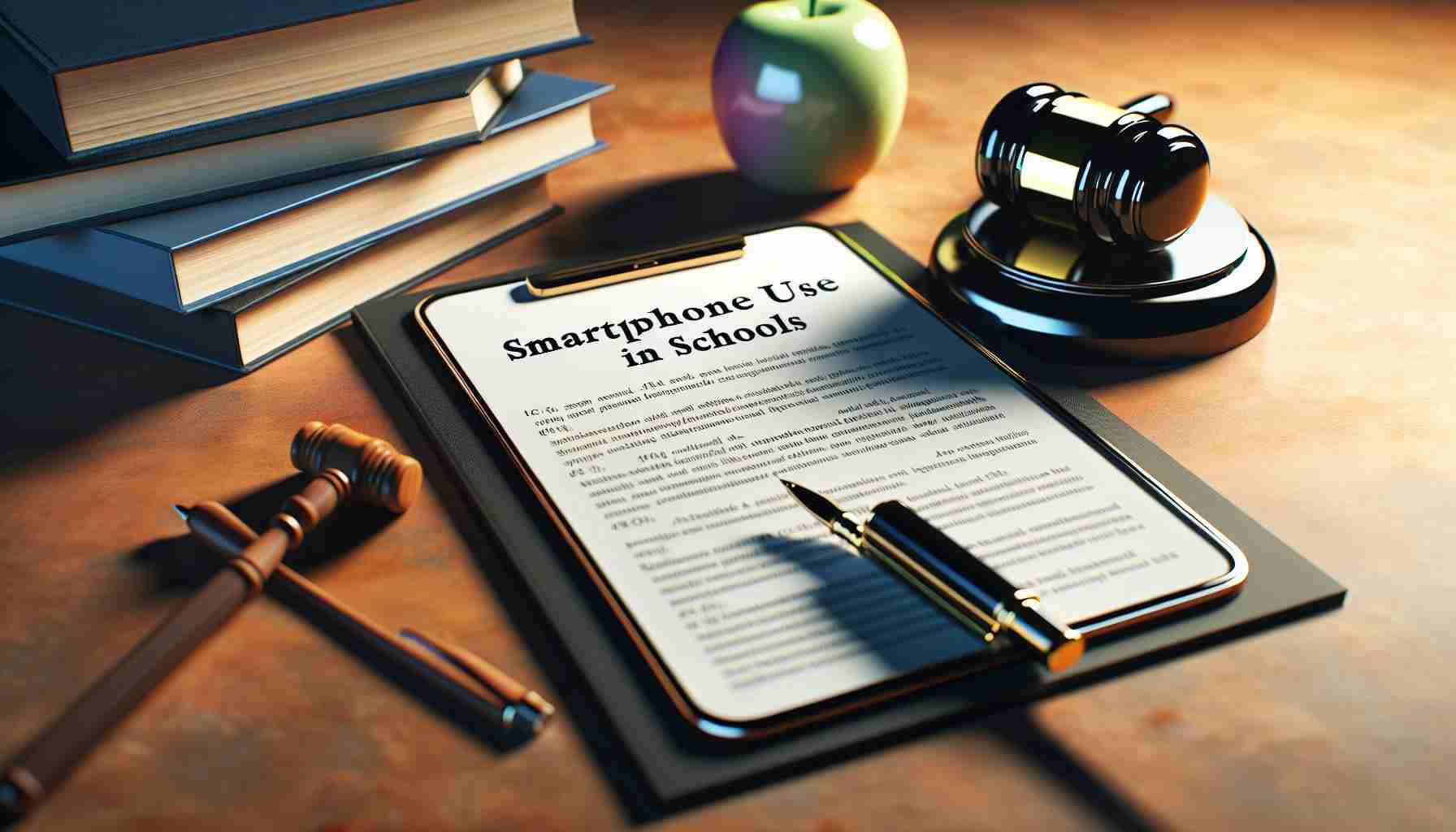Recently, a significant shift in educational policy has emerged as various states adopt laws that either restrict or completely ban smartphone usage among students during school hours. This movement is fueled by a growing consensus on the negative impacts of excessive smartphone use, which has been linked to rising mental health issues and disruptions in academic performance.
According to recent reports, this year, 13 states across the United States have taken steps to limit or prohibit mobile phone use in educational institutions. Florida was the trailblazer, instituting a ban in classroom settings earlier this year. Following suit, California, which is home to nearly 5.9 million public school students, has mirrored the actions of Los Angeles, where nearly half a million students have faced similar restrictions since June.
The urgency of addressing this issue has been echoed by the U.S. Surgeon General, who highlighted the potential mental health crisis stemming from prolonged social media engagement among adolescents. Research indicates that teens spending more than three hours daily on these platforms may face heightened risks of mental health disorders.
The California legislation received overwhelming support, passing with a 76-0 vote in the Assembly and a 38-1 vote in the Senate. Starting July 1, 2026, schools will be required to establish policies aimed at limiting smartphone use, promoting an environment focused on education, social interaction, and personal development rather than screen time.
Making the Most of New School Smartphone Policies: Tips and Insights
The recent legislation aimed at limiting smartphone use in schools has sparked discussions nationwide about the balance between technology and education. As students navigate these new policies, several tips and interesting facts can help them adapt effectively, enhance their academic performance, and bolster their mental well-being.
1. Embrace Technology-Free Zones
Creating areas where smartphones are not allowed can significantly enhance focus and productivity. Students should take advantage of these spaces for studying or collaborating on projects, allowing natural discussions to flourish without digital distractions.
2. Develop Healthy Digital Habits
With limitations on phone use, this is an excellent opportunity for students to cultivate healthier digital habits. Techniques such as setting specific times for checking social media or using apps to monitor and limit phone usage can promote mindful engagement with technology.
3. Focus on Face-to-Face Interactions
The new regulations encourage students to engage more with their peers in person. This is crucial for developing social skills, supporting mental health, and fostering a sense of community within schools. Consider joining clubs or activities that facilitate interaction and collaboration.
4. Explore Alternative Learning Tools
With fewer distractions from phones, students can better explore varied educational tools and resources. Utilizing physical books, educational games, or online classes that don’t require constant smartphone engagement can provide enriching experiences.
5. Stay Informed and Involved
Students and parents should stay informed about state and local policies regarding smartphone use. Being aware of school regulations allows families to support adherence to these guidelines while also participating in discussions about technology use in education. For more insights on educational policies, visit ED.gov.
Interesting Fact: The Global Trend Towards Less Screen Time
Interestingly, the trend towards limiting smartphone use isn’t just a phenomenon within the United States. Countries around the world, such as France and Australia, have enacted similar measures to curb distractions in educational settings and promote healthier lifestyle choices for students.
6. Leverage School Resources
Many schools provide counseling and guidance departments to help students navigate their mental health. If the adjustment to reduced smartphone use feels challenging, don’t hesitate to reach out to these resources for support. They can offer strategies tailored to individual needs.
Conclusion
In an era where technology heavily influences students’ lives, the new restrictions on smartphone use in schools can be transformed into a positive opportunity. By focusing on personal interactions, exploring alternative learning tools, and harnessing school resources, students can thrive academically while maintaining their mental well-being. For further resources on mental health and education, explore NAMI.org.























